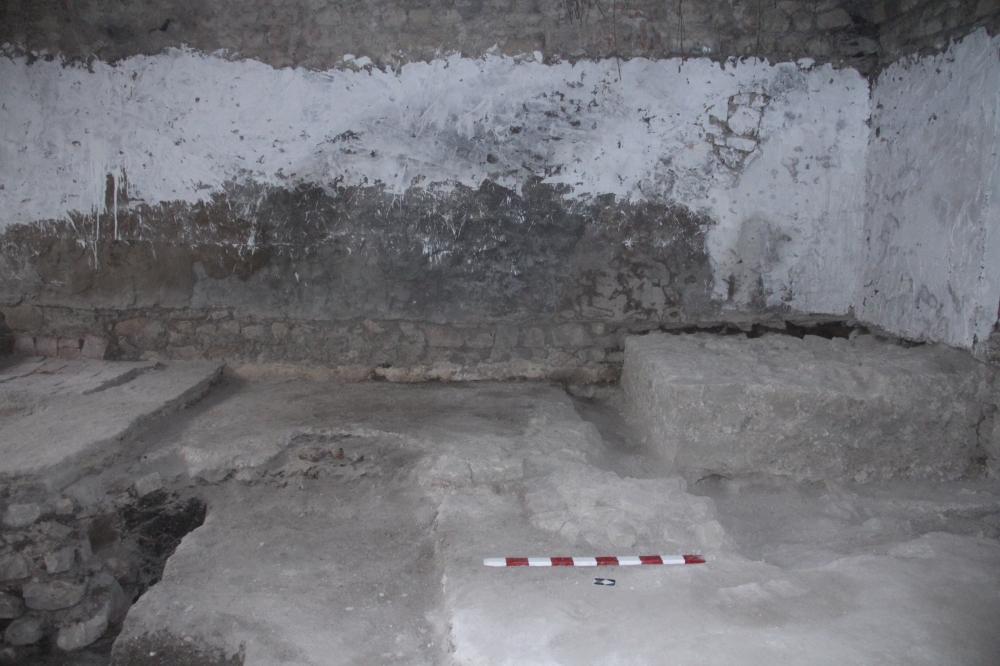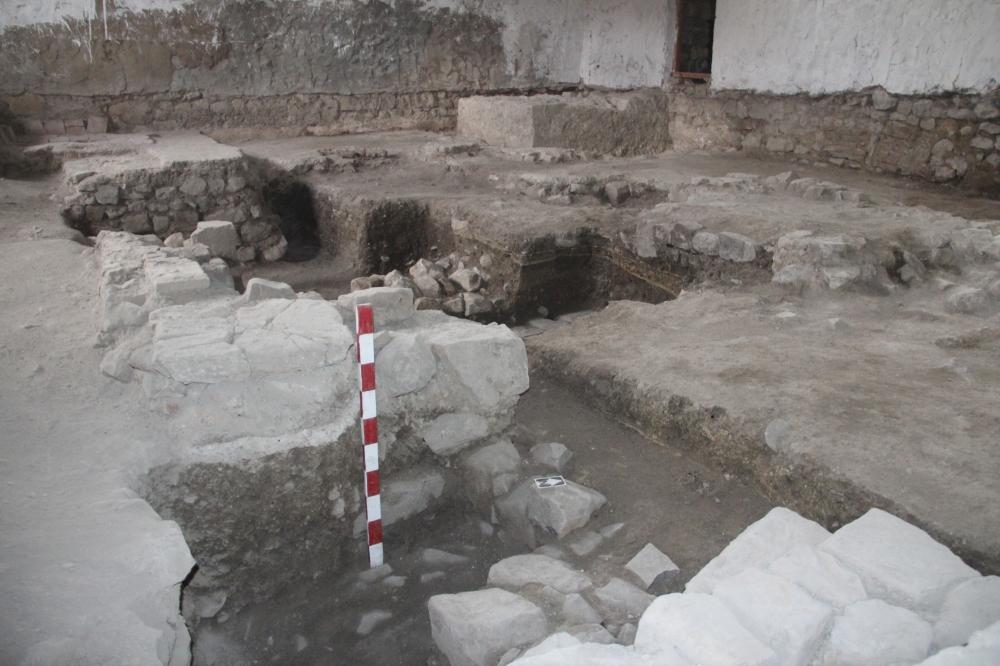Historical artifacts discovered in Basqal [PHOTO]
![Historical artifacts discovered in Basqal [PHOTO]](https://www.azernews.az/media/2020/10/13/basqall1.jpg)
By Laman Ismayilova
The Institute of Archeology and Ethnography continues the research started in Ismayilli's Basqal settlement last year.
The research is being carried out on the basis of the order of the State Tourism Agency in accordance with the Order of Azerbaijani President Ilham Aliyev on "Basqal State Historical and Cultural Reserve" dated October 3, 2018.
As a result, many artifacts have been discovered in Basqal under the leadership of professor Gafar Jabiyev.
The archeological findings include valuable construction remains and other material-cultural samples reflecting the millennium history of Basqal settlement.
As a result of the current research, it is planned to complete a full study of the territory of the Sheikh Muhammad Mosque.
The expedition team also plans to conduct research in the Basqal Fortress and the Basqal's Duzen cemetery.
It should be noted that archeological expedition started last year on the territory of Galabashi, Bazar market square, bathing complexes and mosques.
The main purpose of the expedition was to determine the time of the beginning of human life in Basqal, to explore the culture and household features of the inhabitants as well as to define how much the stratigraphy of buildings and elements of the city had changed with time
In 2019, archeologists examined a part of the northern part of the Basgal fortress walls and the remains of the sewer network of the Basqal bathing complex.
During the studies, it was found that the building that was considered to be the Basqal mosque is actually built on the remains of a more ancient building. This building was considered Basqal's most ancient historical monument.
According to preliminary results of archeological studies, areas surrounding Basqal were actively inhabited in the end of 1st millennium BC- beginning of AD.
These areas were inhabited as early as in the fifth millennium AD. The inhabitants of these areas were practicing traditional occupations.
Basqal is known as one of the oldest settlements of Azerbaijan. It is one of the unique settlements that features elements of medieval city culture.
Since ancient times, Basqal has been a center for handicraft production. The settlement is known for its silk weaving art and production of national women's silk scarves kelagayi.
Basqal is also known for its Silk Center and Kelagayi Museum, which provides visitors and tourists with a comprehensive picture of this ancient Azerbaijani art.
Kelagayi is Azerbaijani women's national headscarf made from fine and soft silk in a four-cornered shape. The headscarf is an integral part of women's traditional costume in Azerbaijan.
Traditional headscarf features various botanical, isomorphic and geometrical ornaments; buta, peacock, rose, daffodil, carnation, tulip, lily, pomegranate, quince, plum blossoms and leaves.
The main pattern used in kelagayi is buta, a twisted teardrop that has been a symbol of the divine fire, which has been worshipped in Azerbaijan since ancient times.
Although the days when kelagayi were so popular among women left behind, the tradition of covering head with kelagayi is still preserved in some regions, mostly among older generations of women.
--
Follow us on Twitter @AzerNewsAz
Here we are to serve you with news right now. It does not cost much, but worth your attention.
Choose to support open, independent, quality journalism and subscribe on a monthly basis.
By subscribing to our online newspaper, you can have full digital access to all news, analysis, and much more.
You can also follow AzerNEWS on Twitter @AzerNewsAz or Facebook @AzerNewsNewspaper
Thank you!


